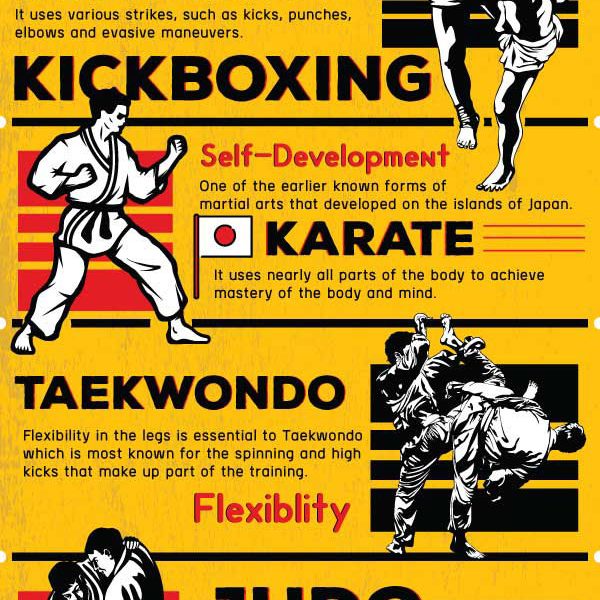Martial arts have a fascinating background that spans centuries and continents. You may locate it appealing just how ancient techniques like Shuai Jiao and Kalaripayattu laid the groundwork for contemporary battle methods. These disciplines not only highlight physical skills but likewise mirror the cultures that birthed them. As you explore their evolution, take into consideration how globalization has actually changed these conventional types right into crossbreed styles. What influences do you assume have shaped today's martial arts landscape?
Ancient Martial arts: The Structures of Fight
As you delve into the world of ancient martial arts, you'll uncover the abundant foundations that formed fight techniques across cultures. Early methods concentrated on Self-Defense and survival, frequently including strikes, hurting, and weapons.
In ancient China, as an example, strategies like Shuai Jiao emphasized throws and joint locks, while India's Kalaripayattu showcased agility and fluid motion. Japanese samurai developed Kenjutsu, a refined swordsmanship that highlighted technique and strategy.
These martial arts served not just for fight yet likewise as a means of individual advancement, instilling worths like respect and willpower. The mixing of these strategies over time laid the groundwork for the diverse martial arts you see today, each mirroring the one-of-a-kind approaches and requirements of its culture.
The Cultural Impact on Martial Arts Advancement
While martial arts often show the practical demands of a society, they also personify the cultural worths and ideas of their origins. When is mixed martial arts good for kids explore different martial arts, you'll see just how they're affected by faith, philosophy, and social standards.
For example, the emphasis on regard and technique in Japanese martial arts originates from Zen Buddhism and samurai culture. On the other hand, Brazilian Jiu-Jitsu promotes versatility and strategy, shaped by the need for effectiveness in a varied, multicultural environment.
You could discover that the rituals, uniforms, and training techniques show a community's history and identification. By understanding these social influences, you strengthen your appreciation of martial arts and their duty fit human experiences around the world.
Modern Adaptations and the Globalization of Martial arts
Martial arts have transformed substantially in current decades, adjusting to modern society and international influences. https://heraldcourier.com/news/community/hometown-stories-martial-arts-instructor-will-help-kick-off-kids-program/article_399eafc0-16c0-11ee-a11e-2ba95aa2d11c.html 'll see that standard forms have mixed with modern-day strategies, developing hybrid styles like mixed martial arts. These adjustments cater to varied audiences, making martial arts easily accessible and enticing around the world.
With martial arts kid vs bully of social networks and digital platforms, you can locate tutorials and competitions from all corners of the globe, damaging geographical obstacles. This globalization has actually led to a common recognition for different disciplines, from Brazilian Jiu-Jitsu to Taekwondo.
As you involve with these arts, you'll understand they're not nearly fight; they promote health and fitness, technique, and mental health.
Eventually, modern adaptations have enhanced the martial arts landscape, making it a dynamic and progressing practice.
Final thought
In exploring the history and advancement of martial arts, you reveal a remarkable blend of strategies, cultures, and ideologies. From old techniques like Shuai Jiao and Kalaripayattu to the modern flexibility seen in mixed martial arts, martial arts show mankind's pursuit for Self-Defense and personal growth. As mma near me engage with these practices, you not just get skills but additionally a much deeper gratitude for the varied practices that shape our world today. So, continue your trip and welcome the art of fight!
